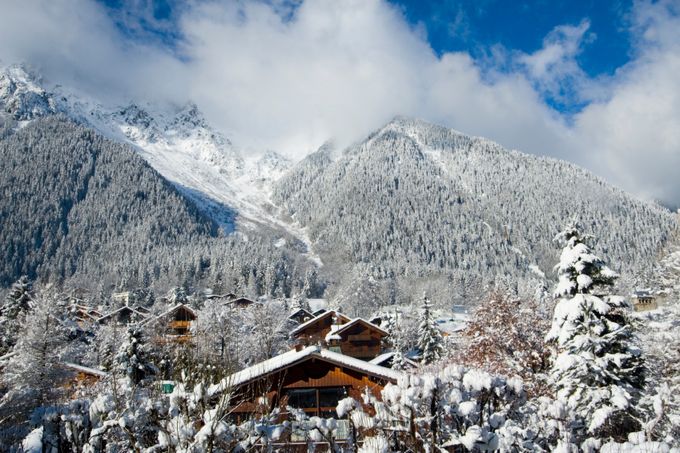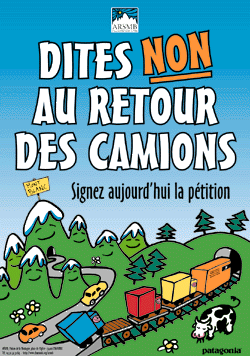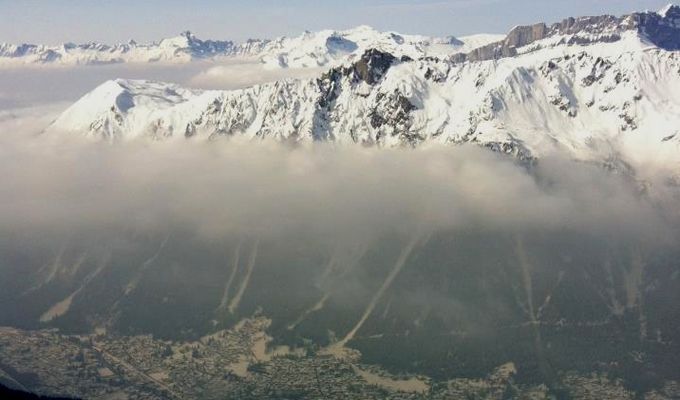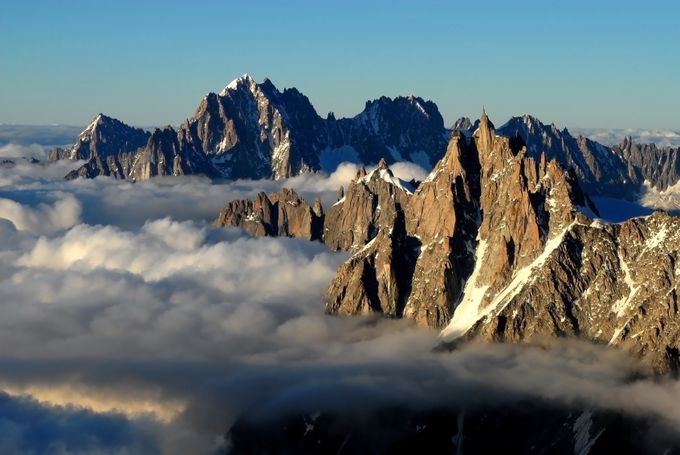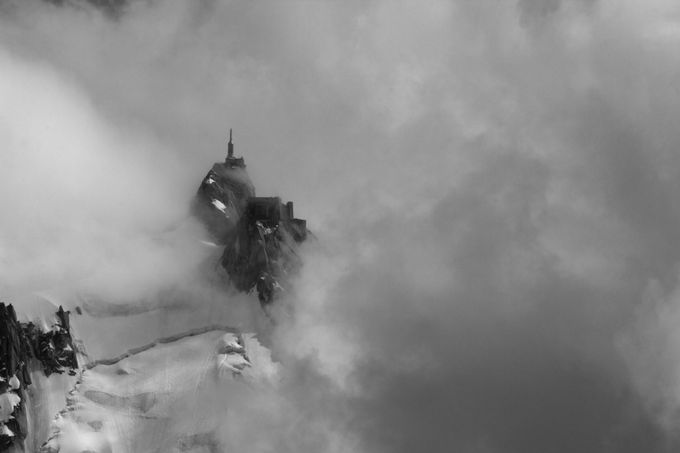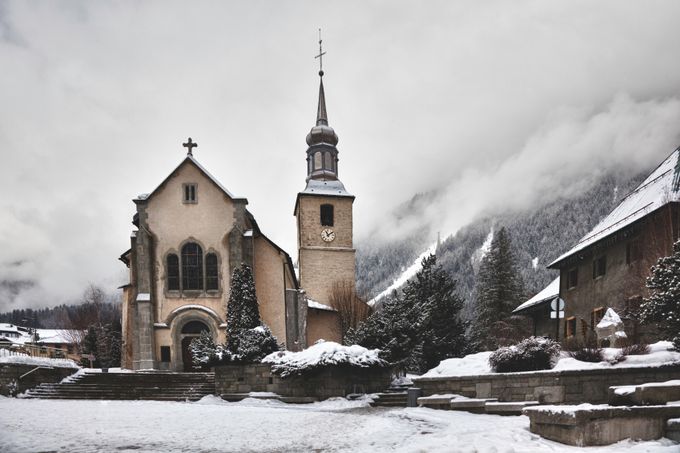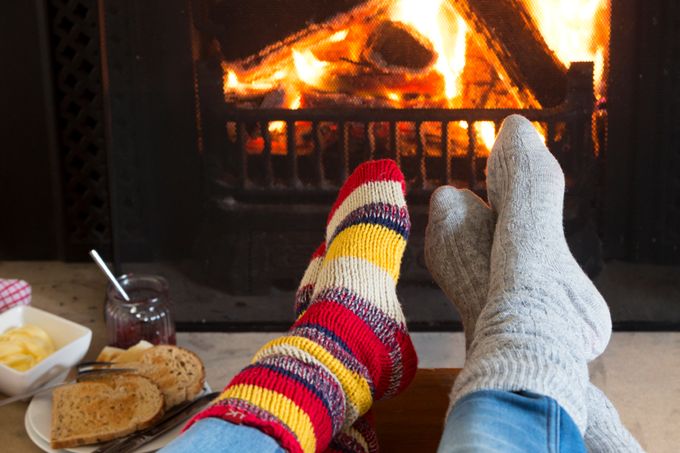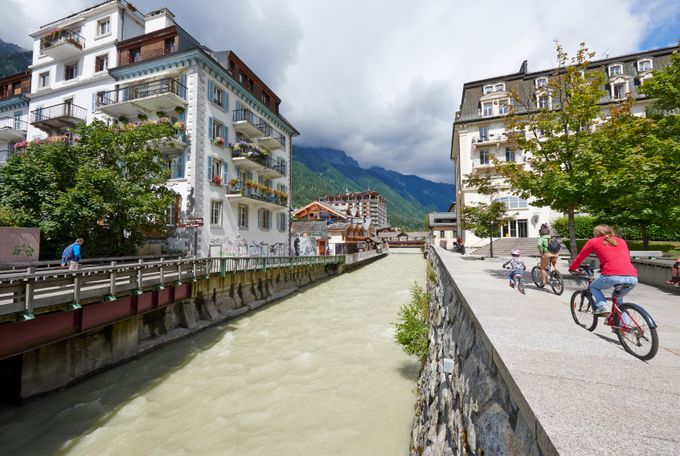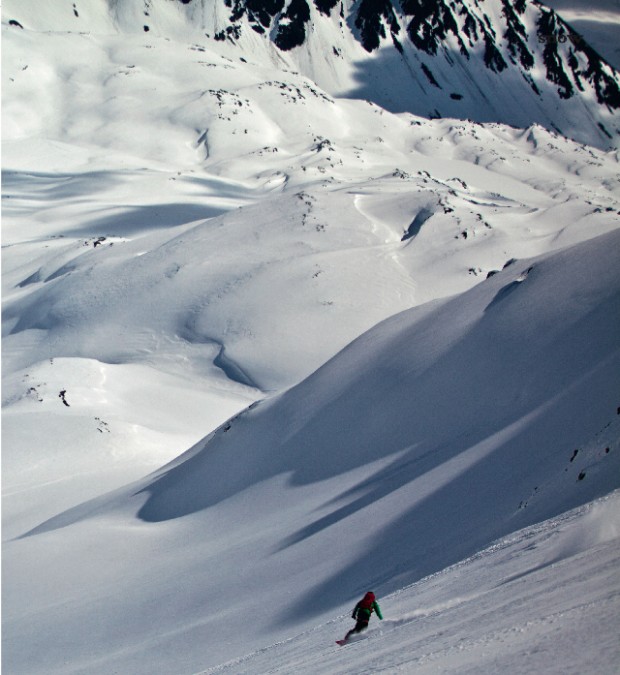Illustration by Matt Ward
It’s hard to imagine a ski resort as dirty. To connect the idea of something so bright and white with anything that isn’t pure. A breath of cold, mountain air will always feel fresh and clean, especially for city people. We see it as restorative for our lungs. A way to offset our usual grimy inhalations. We crave it. We seek it out.
So when news broke last winter that the air quality in Chamonix was as bad as that in cities including London and Lyon, on certain days, the disbelief amongst snow lovers was palpable. (French TV News even screamed that it had reached Beijing-levels, though that’s since been disputed.)
But the people who live in Chamonix weren’t surprised at all. Residents have long known about this historic resort town and adventure mecca’s “dirty secret”. The coughs that won’t clear up, the high rate of respiratory illness, the days when school kids are told they can’t play outside… Locals are just pleased those outside the valley have finally started to notice.
